Metal Halide Lights
briana_2006
14 years ago
Related Stories

REMODELING GUIDESModern Metal Fireplaces Open World of Possibilities
Allowing way more natural light than traditional fireplaces, and with some not even needing a vent, metal fireplaces are a major improvement
Full Story
PRODUCT PICKSGuest Picks: A Mix of Metals for the Home
Add a dash of shine to your rooms with these 20 metallic furniture, lighting and accessory options
Full Story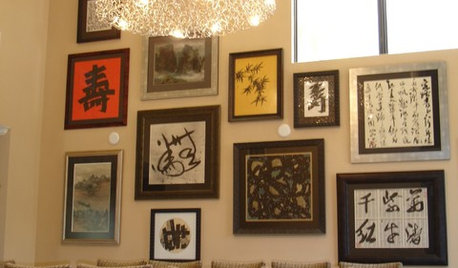
DECORATING GUIDESInspiring Materials: Metal Wire
Add the Open Look of Wire to Your Lighting, Furnishings and Decor
Full Story
METALCopper: A Traditional Metal Gets a Shiny Update
Although the metal is no stranger to home design, these days its uses are downright brilliant
Full Story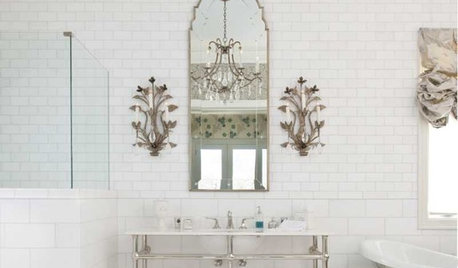
BATHROOM DESIGNHow to Mix Metal Finishes in the Bathroom
Make a clean break with one-dimensional bathroom finishes by pairing nickel, silver and bronze hardware and fixtures
Full Story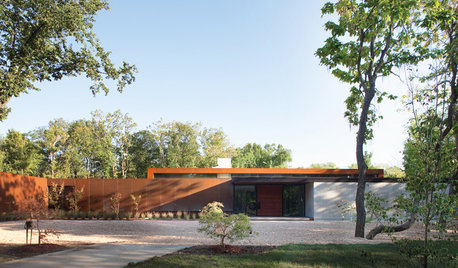
MODERN HOMESHouzz Tour: Heavy Metal Rocks a Modern Missouri Home
Steel shows up all over this single-level family home, but wood and other textures warm the look
Full Story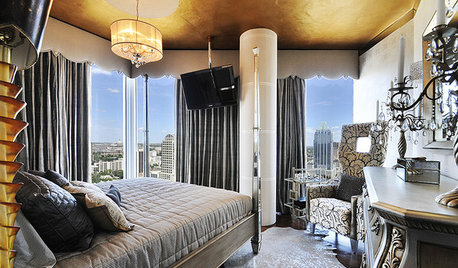
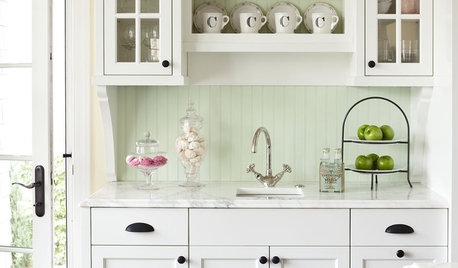
KITCHEN DESIGNHow to Mix Metal Finishes in the Kitchen
Leave matchy-matchy to the catalogs and let your kitchen's personality shine with a mix of metals for hardware and fixtures
Full Story
SHOP HOUZZShop Houzz: Trending Warm Metals for Every Room
Bring in copper, bronze and gold for an eye-catching mix
Full Story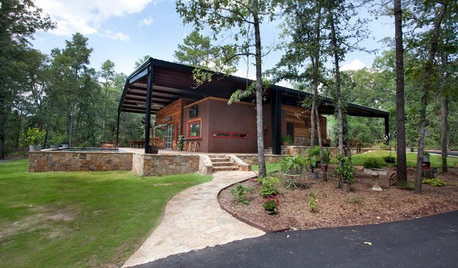
HOUZZ TOURSHouzz Tour: Under a Metal Canopy in Texas
New technology, reclaimed materials and an enormous protective roof combine in this Hawkins home for irresistible modern rustic charm
Full StorySponsored
More Discussions






taz6122
wordwiz
Related Professionals
Ballwin Landscape Architects & Landscape Designers · Glen Ellyn Landscape Architects & Landscape Designers · La Marque Landscape Architects & Landscape Designers · Wakefield Landscape Contractors · Mission Viejo Landscape Contractors · Munster Landscape Contractors · Tehachapi Landscape Contractors · Palos Hills Landscape Contractors · Brooklyn Fence Contractors · Dana Point Fence Contractors · Fullerton Fence Contractors · Prairieville Fence Contractors · Santa Clarita Fence Contractors · Tacoma Fence Contractors · Voorhees Fence Contractorstaz6122
wordwiz
struwwelpeter
wordwiz
struwwelpeter
wordwiz